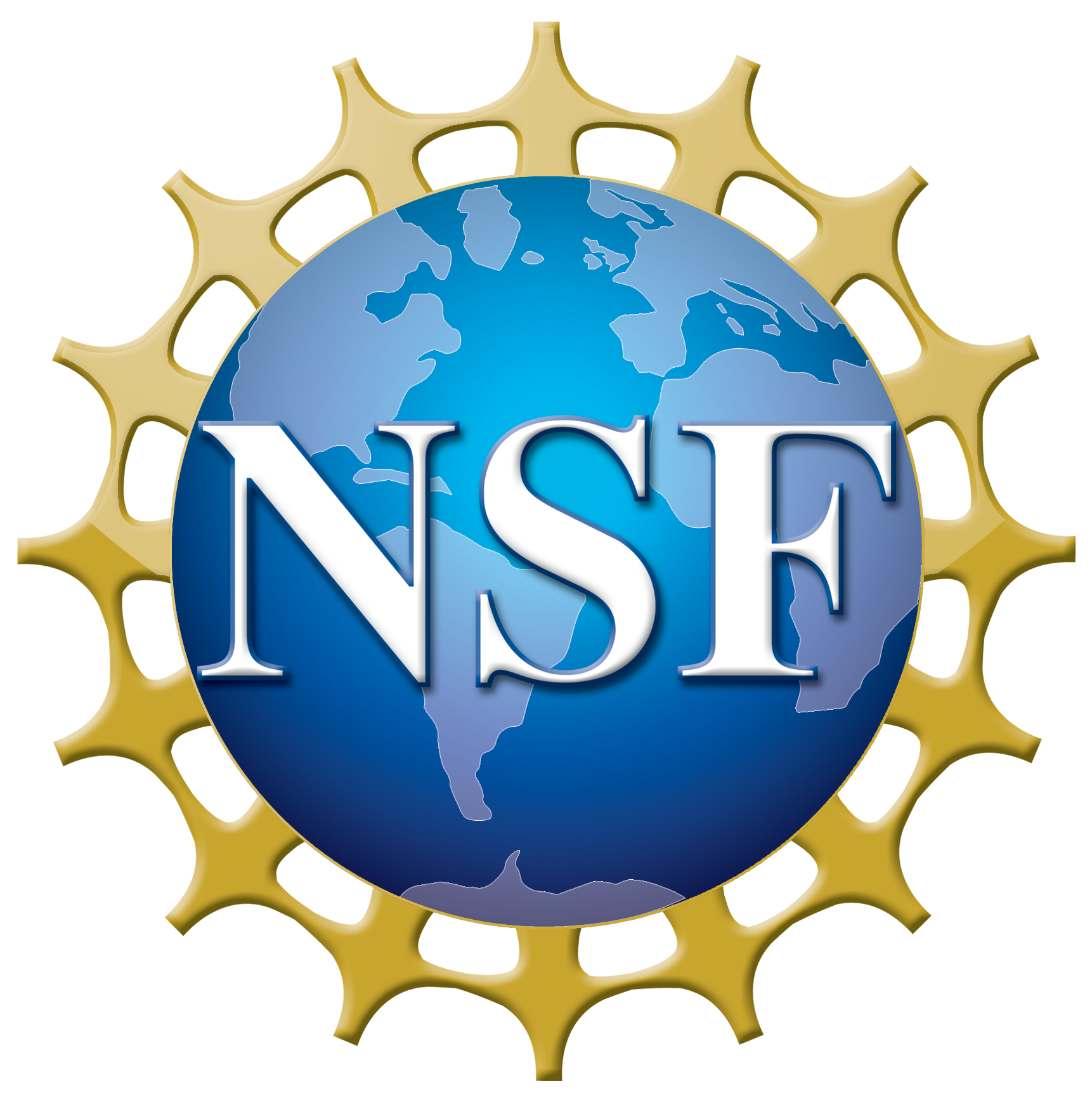Engaging with MIDFIELD Data
2021-07-26
1 Introduction

1.1 Objectives
MIDFIELD contains individual Student Unit Record (SUR) data for 1.7M students at 33 US institutions (as of June 2021). MIDFIELD is large enough to permit grouping and summarizing by multiple characteristics, enabling researchers to examine student characteristics (race/ethnicity, sex, prior achievement) and curricular pathways (including coursework and major) by institution and over time.
The goal of this workshop is to engage ASEE members with MIDFIELD data, in part using two R packages: midfieldr to provide tools for working with SURs and midfielddata to provide practice data.
By the end of the workshop, participants should be able to:
- Describe key variables in MIDFIELD data tables
- Explore and tell a story from MIDFIELD data
- Begin using R, midfieldr, and midfielddata
- Explain key features of effective data displays
1.2 Description
The robustness of the MIDFIELD data allows us to emphasize an intersectional approach to the study of student records, permitting multiple categories of inequity such as race/ethnicity and sex to be considered simultaneously.
To introduce beginners to R, participants work through a self-paced tutorial covering basic elements of the R computing language and environment. To introduce midfieldr and using it to work with student record data, participants work through software tutorials that explore the SUR data and develop a persistence metric case study.
For more experienced R users or anyone working at a faster pace, we offer a series of self-paced tutorials that introduce key features of midfieldr and how they are applied to compute persistence metrics and graph results.
We also discuss the merits of the multiway graph design that is recommended for displaying results of this type. The agenda includes an interactive session to demonstrate contemporary principles of effective data display.
1.3 Pre-workshop homework
To get the most out of the workshop, you should have the essential software installed and running several days before the workshop to give you time to contact us with questions if anything goes amiss.
Install everything describes the homework.
1.4 Agenda
Our three hours are organized approximately as shown.
| Min | Topic |
|---|---|
| 15 | Introduction |
| 35 | Explore the data |
| 35 | Work with R |
| 15 | Break |
| 20 | Designing effective displays |
| 50 | Work with R (continued) |
| 10 | Next steps. [Assessing the workshop] |
1.5 Facilitators
- Susan Lord
Director of the MIDFIELD Institute and Professor and Chair of Integrated Engineering at the University of San Diego. She is a Fellow of the IEEE and the ASEE. Dr. Lord has considerable experience facilitating workshops including the National Effective Teaching Institute (NETI) and special sessions at FIE. (slord@sandiego.edu)
- Matthew Ohland
MIDFIELD Director and Principal Investigator. He is Professor and Associate Head of Engineering Education at Purdue University and a Fellow of IEEE, ASEE, and AAAS. Dr. Ohland has considerable experience facilitating workshops including the NETI and CATME training. (ohland@purdue.edu)
- Marisa Orr
MIDFIELD Associate Director and Associate Professor in Engineering and Science Education with a joint appointment in Mechanical Engineering at Clemson University. She received the 2009 Helen Plants Award for the best nontraditional session at FIE, “Enhancing Student Learning Using SCALE-UP Format.” (marisak@clemson.edu)
- Richard Layton
MIDFIELD Data Visualization Specialist and Professor Emeritus of Mechanical Engineering at Rose-Hulman Institute of Technology. He is the lead developer of the R packages used in this workshop. Dr. Layton has considerable experience facilitating workshops, including FIE workshops on data visualization (2014) and midfieldr (2018). (graphdoctor@gmail.com)
- Russell Long
MIDFIELD Managing Director and Data Steward. He developed the stratified data sample for the R packages used in this workshop. Mr. Long is a SAS expert with over twenty years of experience in institutional research and assessment. (ralong@purdue.edu)
1.6 Licenses
The following licenses apply to the text, data, and code in these workshops. Our goal is to minimize legal encumbrances to the dissemination, sharing, use, and re-use of this work. However, the existing rights of authors whose work is cited (text, code, or data) are reserved to those authors.
1.7 Acknowledgement
Funding provided by the National Science Foundation Grant 1545667 “Expanding Access to and Participation in the Multiple-Institution Database for Investigating Engineering Longitudinal Development.”
